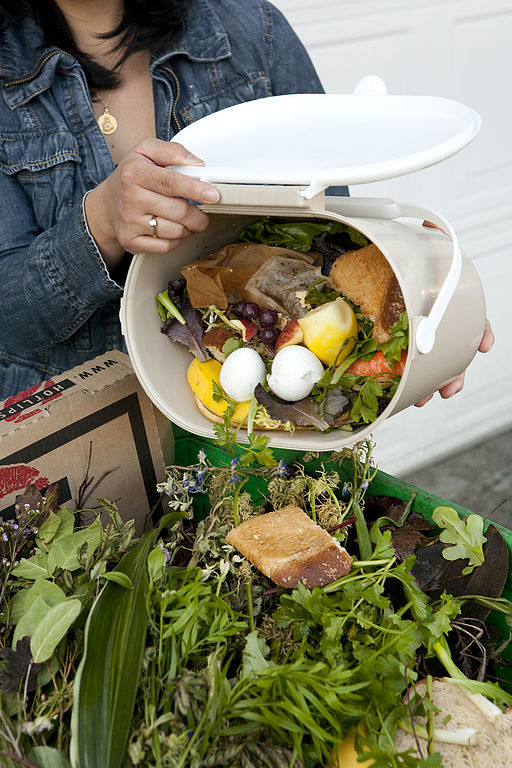 While adding compost to a garden is tried-and-true, there are several other ways to enhance your plants using kitchen waste. From using banana peels as foliage wipes to upcycling bottles into automatic waterers, reusing food waste and recyclables with your plants is a must for any eco-friendly or zero waste gardener. It will not only make the most out of resources by using them in their entirety, but it will help your greenery thrive. So whether you are looking to create an eco-conscious garden or want a cost-effective way to nourish plants, check out these 10 simple tips.
While adding compost to a garden is tried-and-true, there are several other ways to enhance your plants using kitchen waste. From using banana peels as foliage wipes to upcycling bottles into automatic waterers, reusing food waste and recyclables with your plants is a must for any eco-friendly or zero waste gardener. It will not only make the most out of resources by using them in their entirety, but it will help your greenery thrive. So whether you are looking to create an eco-conscious garden or want a cost-effective way to nourish plants, check out these 10 simple tips.
1. Regrow Scraps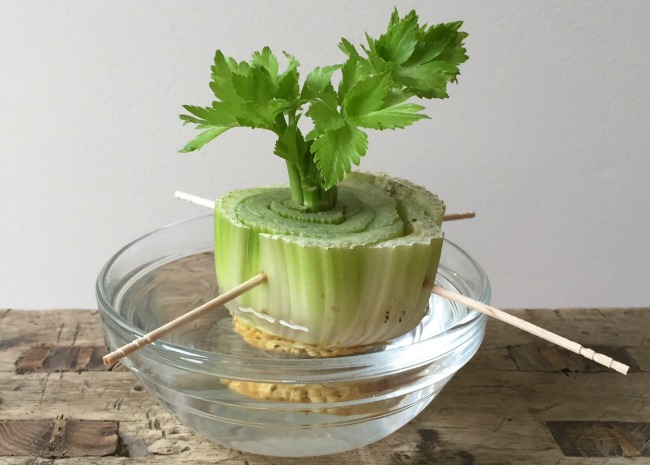
If you want to reduce your food waste, expand your plant collection, or get your kids interested in gardening, try regrowing a few vegetable scraps. The bottom of green onions and leeks will start sprouting new growth within a day or two when placed in water. This also works with the base of lettuce, celery stock bottoms, and carrot tops. Want a long-term project? Try growing an avocado tree from a pit.
2. Give a Banana Boost
Full of minerals and potassium, banana peels are an all-natural fertilizer that can help you get fuller blooms and plumper vegetables. A few of our favorite ways to use banana peels in the garden include:
Banana Tea: Cover banana peels in water and let them soak for two days, strain, then use the liquid to water your plants.
Banana Chunks: Cut up the banana peels and bury them directly in the soil. If your rose bushes are looking a little rough, this is a great way to revive them!
Banana Wipes: Use a piece of a banana peel to wipe dust off the leaves of plants and leave them with a nice shine.
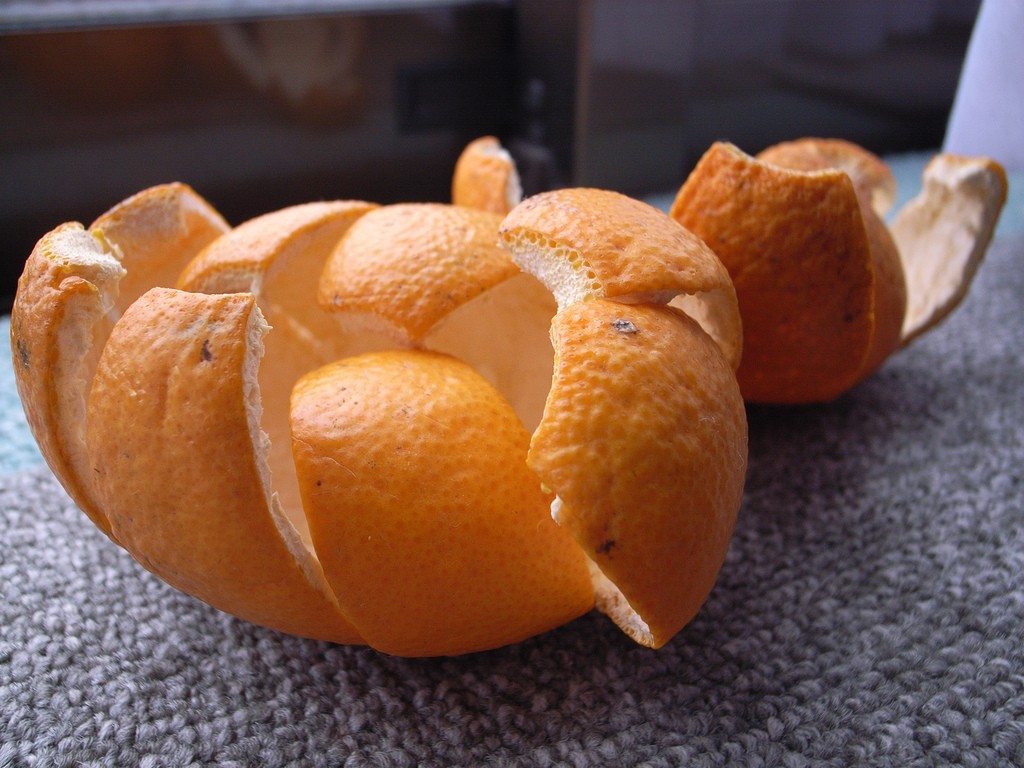 3. Deter Unwanted Visitors
3. Deter Unwanted Visitors
Have feline friends digging around your garden? Sprinkle around a few orange peels. Most cats have an aversion to the strong citrus smell, so it acts as a natural deterrent.
4. Upcycle Bottles
If you are always forgetting to water your plants or are going on vacation, it may be time to try an automatic watering system. Luckily, you probably have this sitting right in your recycling bin! Take a bottle and fill it with water, then flip it over and shove its opening into the soil. The bottle will only release water when the soil gets dry, keeping plants at a steady moisture level. This method works particularly well with wine bottles since their long necks can reach further down into the soil and they tend to balance best. Have a plastic bottle? These are perfect for making a self-watering planter.
5. Reuse Egg Shells
Once you’ve cracked your eggs, don’t toss those shells. Instead, rinse them and place them in an open container to dry. From there, you can use them for:
- Use these shells to add a pop of contrast to your garden and keep weeds at bay. Simply break the shells and place them on the top layer of the soil.
A Calcium Boost: Calcium improves soil drainage, helps with aeration, and reduces acidity. And eggshells are perfect for infusing this essential mineral into your garden. All you have to do is grind up the shells and place them in your soil. The ideal time to do this is in the spring and fall since it takes eggshells several months to break down and release their nutrients—however, any time is better than not at all.
6. Save Your Cooking Water
The next time you are boiling pasta or rice, skip the salt so you can use the water on your plants. This is a great way to cut down on your water consumption. Plus, plants love these starchy waters!
7. Make Compostable Starter Pots
Skip the trip to the store when you start your plants and look to your recycling bin for starter pots. Egg cartons are an excellent size for starting small plants. If you don’t mind a bit of folding, you can also use toilet paper rolls or newspaper to make small plant pots as well. With any of these pots, you don’t have to remove the seedlings when you transplant since they’re compostable.
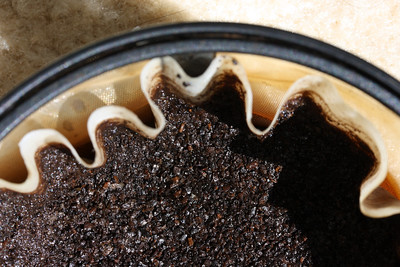 8. Create Plant Markers
8. Create Plant Markers
The next time you enjoy a frozen treat, keep the popsicle stick. These wooden sticks are perfect for marking plants in the garden. Simply rinse, let them dry, then use a permanent marker to label them. These handy plant markers are particularly wonderful for labeling seedlings.
9. Incorporate Coffee Ground
Coffee isn’t just great for kickstarting your day—the used coffee grounds can do the same for your plants! While most plants will benefit from the aeration and pest control that grounds can provide, adding coffee grounds to plants that love acid is particularly beneficial. This includes aloe vera plants, African violets, jade plants, and philodendrons. Not a coffee drinker? Adding used tea leaves to your garden can yield the same benefits. Just be sure to remove the leaves from the teabag if the bag feels slippery—this usually indicates the bag is synthetic and will not biodegrade.
10. Wrap Seeds
Collecting seeds from your harvest is always perfect for starting your garden the following year, but they can also make a nice zero waste gift. Grab that newspaper from your recycling bin and use it to create envelopes for seeds to store of gift. To embellish your newspaper seed pouches, try wrapping them in twine and decorating with a plant sprig. You may also want to consider stamping or writing the seed name on the front.
Part of living an eco-friendly lifestyle is getting creative with resources. And incorporating kitchen waste into your garden is a great way to do this. So take a look at your food waste and what’s in your recycling bin to see how you can help your garden thrive—and contribute to a less wasteful future for our planet.
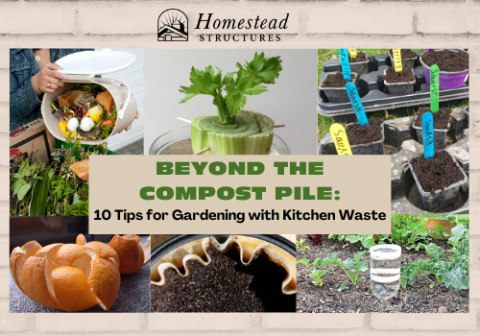
Facebook Comments Box